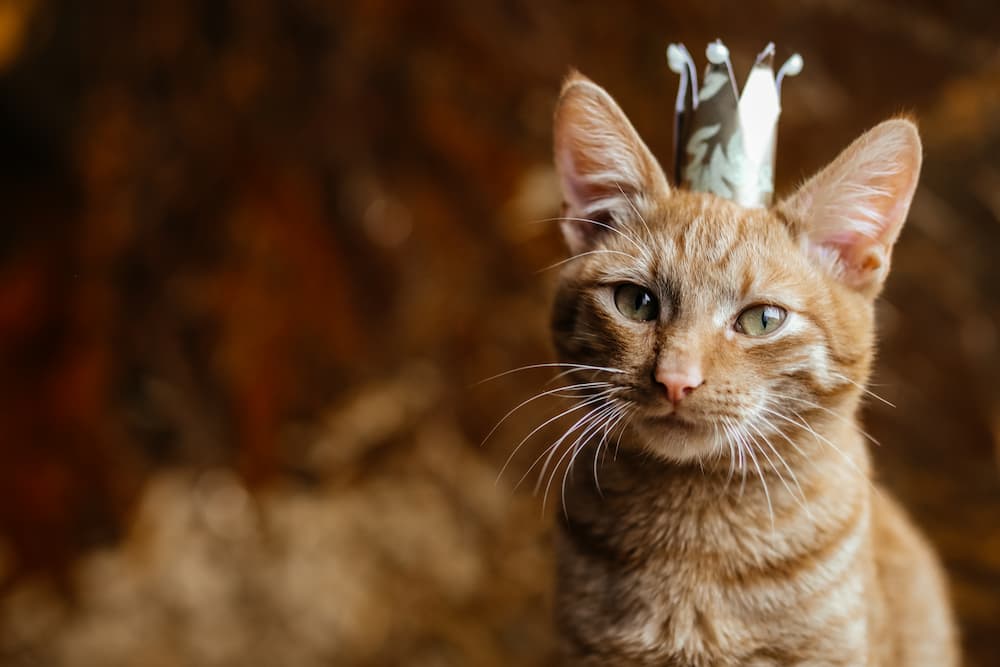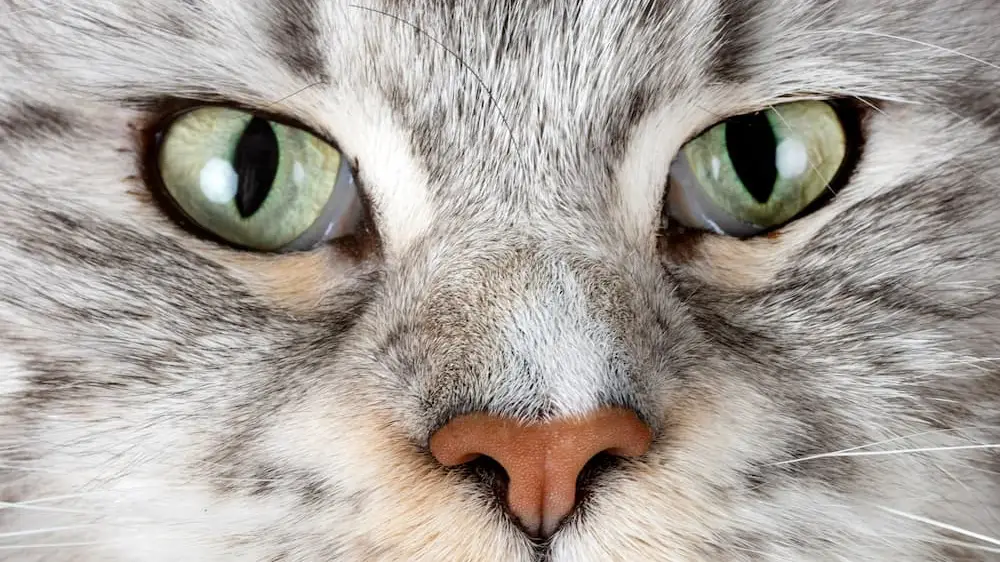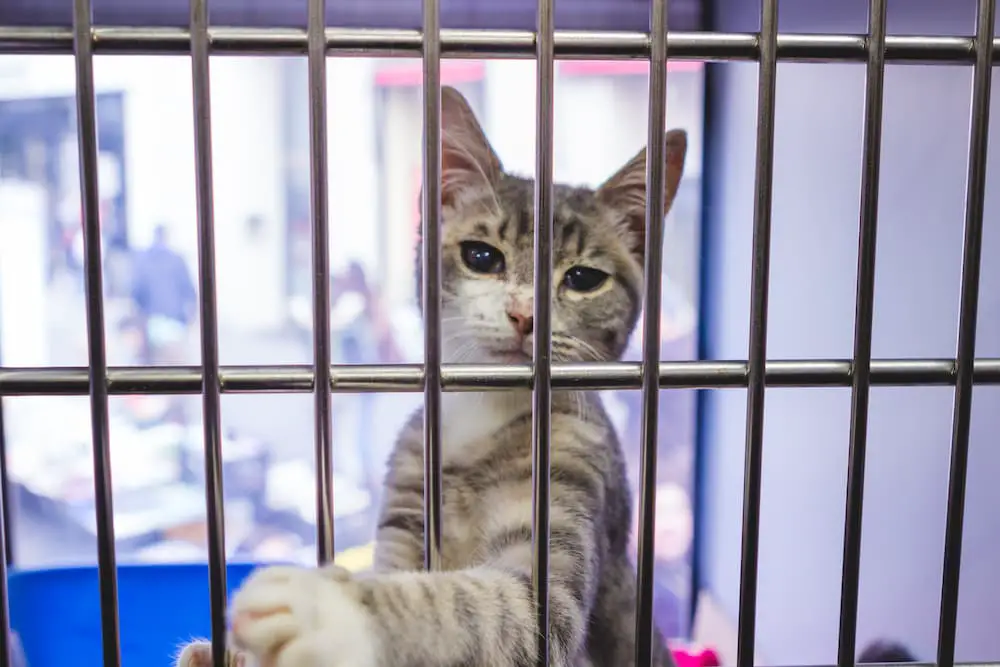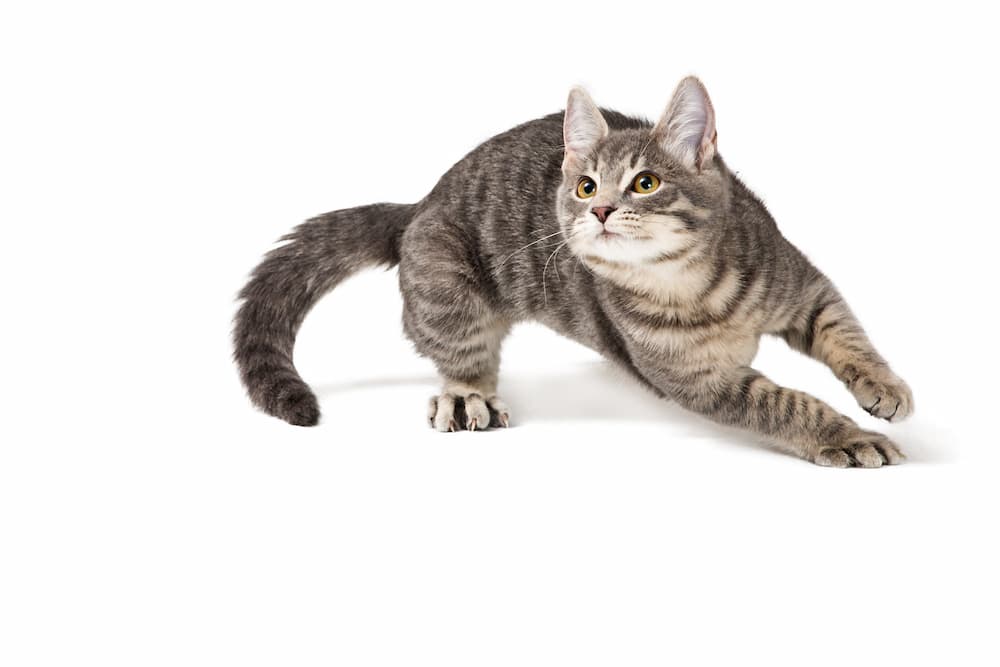Introduction
Did you know that an ear-tipped cat has a story to tell? Behind that small, seemingly insignificant notch lies a tale of care and compassion. Ear tipping is a common practice in the world of feline welfare, but many cat owners and animal lovers are unfamiliar with its significance. This article aims to demystify ear tipping, explain its importance, and encourage more people to support humane efforts to manage cat populations.

What Is Ear Tipping?
Ear tipping is the process of removing the tip of a cat’s ear, typically the left one, as a part of a spay/neuter surgery. This straightforward procedure is a universal sign that a cat has been sterilized and vaccinated, particularly against rabies.
Procedure
The ear-tipping process is usually performed while the cat is under anesthesia during spay/neuter surgery. A small portion—usually about a quarter-inch—of the ear is removed in a straight line. The procedure is quick, and the cat feels no pain due to the anesthesia.
Visual Description
An ear-tipped cat has a clean, straight cut on the tip of one ear. This mark is easily visible from a distance, making it simple for caregivers and animal control officers to identify sterilized cats without the need for close inspection or further handling.
Why Is Ear Tipping Done?

Ear tipping is a crucial element of Trap-Neuter-Return (TNR) programs, which aim to control the population of feral cats. By humanely trapping, sterilizing, and returning cats to their original locations, TNR programs prevent further breeding and gradually reduce feral cat numbers over time.
Sterilizing cats significantly reduces health risks and unwanted behaviors. Spayed females avoid the stress and dangers associated with repeated pregnancies, while neutered males are less likely to roam, fight, or spray to mark territory. Overall, sterilized cats lead healthier, more peaceful lives.
Identification
Ear tipping serves as a clear indicator that a cat has been spayed/neutered and vaccinated. This prevents unnecessary recapture and surgery, saving time & resources, and reducing stress for the cats.
Benefits of Ear Tipping
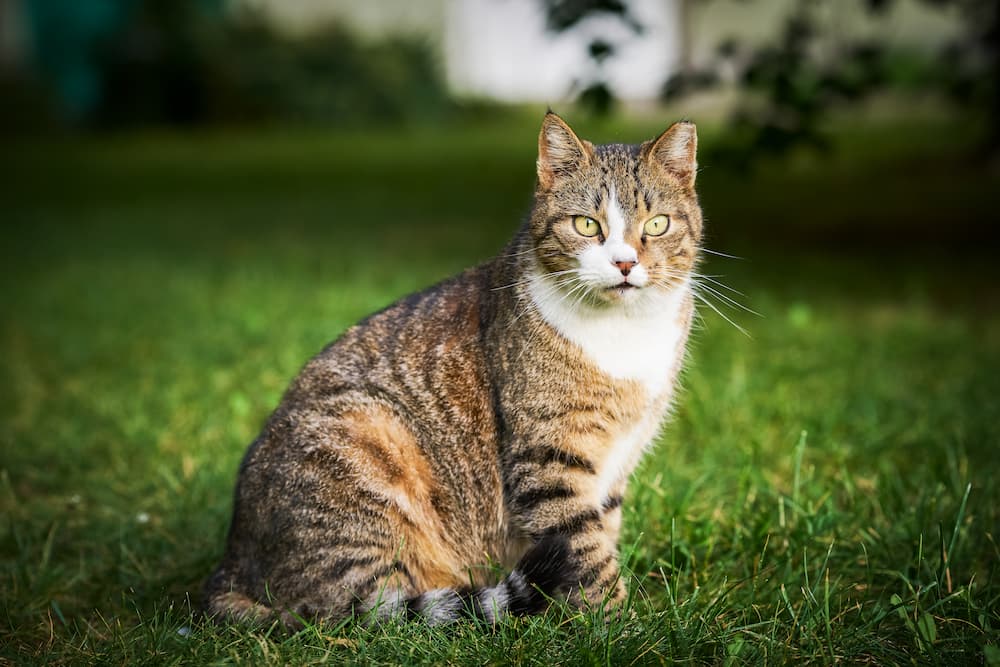
For Cats
Ear tipping contributes to healthier and safer lives for community cats. Sterilized cats are less likely to contract diseases, get into fights, or suffer from malnutrition due to the demands of pregnancy and raising kittens.
For Communities
TNR programs, and by extension ear tipping, have a positive impact on local neighborhoods. Reduced mating behaviors mean less noise from fighting and mating calls, fewer stray kittens, and a more stable population of healthy cats.
For Animal Shelters
By controlling the feral cat population, TNR programs help decrease the burden on animal shelters, which often struggle with overcrowding. With fewer unwanted litters being born, shelters can focus on caring for and rehoming the cats they have.
Common Misconceptions and Concerns
Pain and Recovery
One common concern is whether ear tipping causes pain or long-term harm to cats. The procedure itself is done under anesthesia, so the cat feels no pain. Post-surgery, most cats recover quickly, showing no signs of distress or discomfort related to the missing ear tip.
Aesthetics
Some people believe that ear tipping disfigures cats or makes them less appealing. In reality, the missing ear tip is a small cosmetic change that has no impact on the cat’s quality of life. Many who adopt ear-tipped cats find the mark adds to their charm, symbolizing their role in a humane effort to control cat populations.
Efficacy
Skeptics may question the effectiveness of TNR programs. However, numerous studies and statistics show that TNR is an effective method for controlling and reducing feral cat populations. Best Friends Animal Society, a leading animal welfare organization, reports significant population decreases in areas where TNR is practiced. They are huge proponents of TNR because it saves the lives of cats.
From Best Friends Animal Society:
“Of the 355,000 dogs and cats killed in shelters in 2021, about 68% were cats. Even though dogs and cats entered shelters at nearly the same rate, more than two cats were killed for every dog, and many of them were stray or feral cats (aka community cats).
That statistic highlights the critical need for trap-neuter-vaccinate-return (TNVR) programs, which prevent community cats from being brought to shelters. Many community cats don’t make it out of shelters alive because they are unsocialized to people and therefore aren’t good candidates for adoption.”
How to Get Involved

Support TNR Programs
There are many ways to support TNR programs. Donations of time, money, or supplies can make a big difference. Many organizations, like the Alley Cat Allies and Best Friends Animal Society, offer resources for you to learn more about TNR and start a TNR program in your area if one doesn’t already exist.
Spread Awareness
Educating others about the importance of ear tipping and TNR can help garner more support for these initiatives. Share information on social media, talk to friends and family, and participate in community outreach events to spread the word.
Adopt and Advocate
Consider adopting an ear-tipped cat from a shelter or rescue. These cats have already been through the TNR process and are ready for a loving home. Additionally, advocate for humane population control methods in your community to ensure more cats benefit from TNR programs.
Final Thoughts on Ear Tipping in Cats
TNR, and ear tipping along with it, is a simple yet powerful tool in the fight to control feral cat populations humanely. By understanding what ear tipping is, why it’s done, and the benefits it brings to cats and communities, we can better support these efforts and contribute to a more harmonious coexistence between humans and animals.
Whether you’re a cat owner, an animal lover, or just someone who cares about humane solutions to animal overpopulation, you can play a role in supporting ear tipping and TNR initiatives. Together, we can create healthier, safer environments for our feline friends and the communities they live in.

